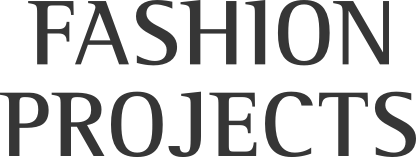Christian Joy at AVA
/Christian Joy, "Nightmare Catcher," 2009.
Another designers’ exhibition, which occurred in conjunction with fashion week, was Christian Joy’s The Visitors Must be Amused. It took place at Audio Visual Arts—a new gallery in the East Village, where it will be on view unti March 8. The premise for the exhibition is that Joy disposed of nine years of left-over, unwanted material in her studio and repurposed it into extravagent representations of female beings through garments. In a further twist, Joy based each sculpture/creation on descriptions given to her by a friend or family member who, in turn, had to incorporate Joy’s finished piece in their own photograph or creation. Among the collaborators were the Yeah Yeah Yeahs's Karen O and Nick Zinner.
The descriptions gave range to an array of seemingly disparate results running the gamut of a Thierry Mugler–inspired cyborg suit to a black body suit. The latter was reinterpreted into a funny night scene, where the black-clad wearer became reminiscent of the early-twentieth century proto catwoman Irma Vep.
One of the costumes involved a video projection, which seemed to be a commentary on a turn-of-the-century trans-Atlantic voyage, while what was perhaps the most interesting costume was “Nightmare Catcher”—a vaguely scarecrow-like attire made of stripes of burlap and gingham fabric.
It’s great to see more and more small exhibitions of experimental New York designers popping up around the city—a trend which will hopefully continue!
Francesca
Christian Joy, The Visitors Must be Amused, Installation View















